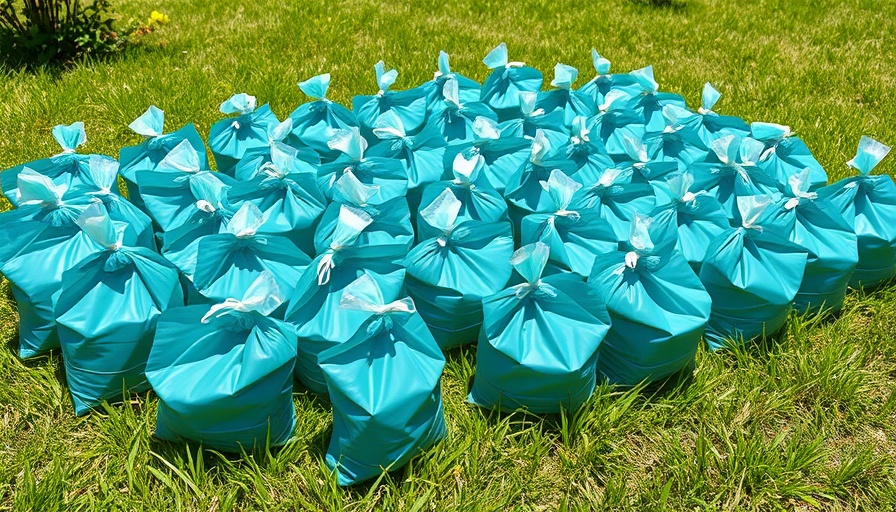
The Need for Circularity in Fashion
As Australia's fashion industry evolves, the push for sustainable practices is growing increasingly urgent. Circular design, which emphasizes the reuse and recirculation of materials, is not just a trend; it's becoming an essential framework to combat fashion's notorious environmental impact. With the industry expected to generate up to 13 million tonnes of carbon emissions by 2030, initiatives like Refashioning Accelerating Circular Product Design at Scale and the Federal Government’s National Clothing Product Stewardship Scheme are vital steps toward fostering sustainable textile practices.
A Comprehensive Approach to Sustainable Fashion
Launched at the Melbourne Fashion Festival, the guide produced by RMIT University provides a systematic methodology for integrating circular principles across various aspects of fashion design. This collaborative endeavor bridges the gap between theory and practice, offering brands a tangible pathway to implement eco-friendly choices from production to consumption. Professor Alice Payne points out that empowering all sizes of organizations to engage with circular design is crucial for industry-wide transformation.
Bridging the Gap: Collaboration at Its Core
Collaboration is the backbone of the circular economy, as emphasized by key figures like Matt Genever of Sustainability Victoria. By partnering across sectors, stakeholders can create impactful, actionable solutions. Significant fashion retailers are already joining this initiative, providing both funding and resources, which underscores the importance of a united approach to tackling textile waste and promoting reuse.
The Role of Consumer Behavior in Circular Fashion
While industry changes are essential, consumer engagement plays a critical role in accelerating the transition to circular fashion. There is a pressing need to educate buyers on sustainable shopping habits, thus influencing their choices toward products that are durable and made to last. As stated by industry leaders, the transition to a circular economy isn’t only about the accuracy of the supply chain but also about consumer responsibility.
A Vision for the Future of Textile Circularity
The National Clothing Product Stewardship Scheme lays out a definitive roadmap aiming for a fully circular textile industry by 2030. This governmental initiative combines economic incentives with community education to greatly reduce the clothing waste that dominates landfills today. Not only does this scheme aim to limit emissions by reformulating design practices, but it also emphasizes the importance of recycling materials to produce new products.
Steps Toward Implementation: What Can Fashion Brands Do?
Brands can start by assessing their current practices up against the guidelines provided in the recently launched circular design guide. Adopting methodologies to “slow the flow” of resource consumption by improving durability and repairability of garments is crucial. Moreover, involvement in collaborative efforts, like those seen at the Melbourne Fashion Festival, can amplify the momentum towards adopting these essential practices.
Common Misconceptions in Sustainable Fashion
Many misunderstand the costs associated with transitioning to sustainable practices. While initial investments can seem daunting, the long-term savings and brand loyalty gained through ethical production practices often outweigh upfront expenses. Moreover, consumers increasingly prefer to support brands that align with their values—proving that sustainability can also be economically advantageous.
The Takeaway: A Collective Responsibility for Change
The stakes are high, with Australia's fashion industry staring down the detrimental impacts of textile waste. However, with continued collaboration, consumer awareness, and systematic change, there is hope for rejuvenating the industry through circular principles. It’s a collective responsibility that requires not just action from businesses and governments but support from consumers as well.
If you are passionate about sustainable fashion, consider implementing circular solutions in your own wardrobe. Together, we can reshape the future of fashion—making it more sustainable and less wasteful.
 Add Row
Add Row  Add
Add 




 Add Row
Add Row  Add
Add 

Write A Comment